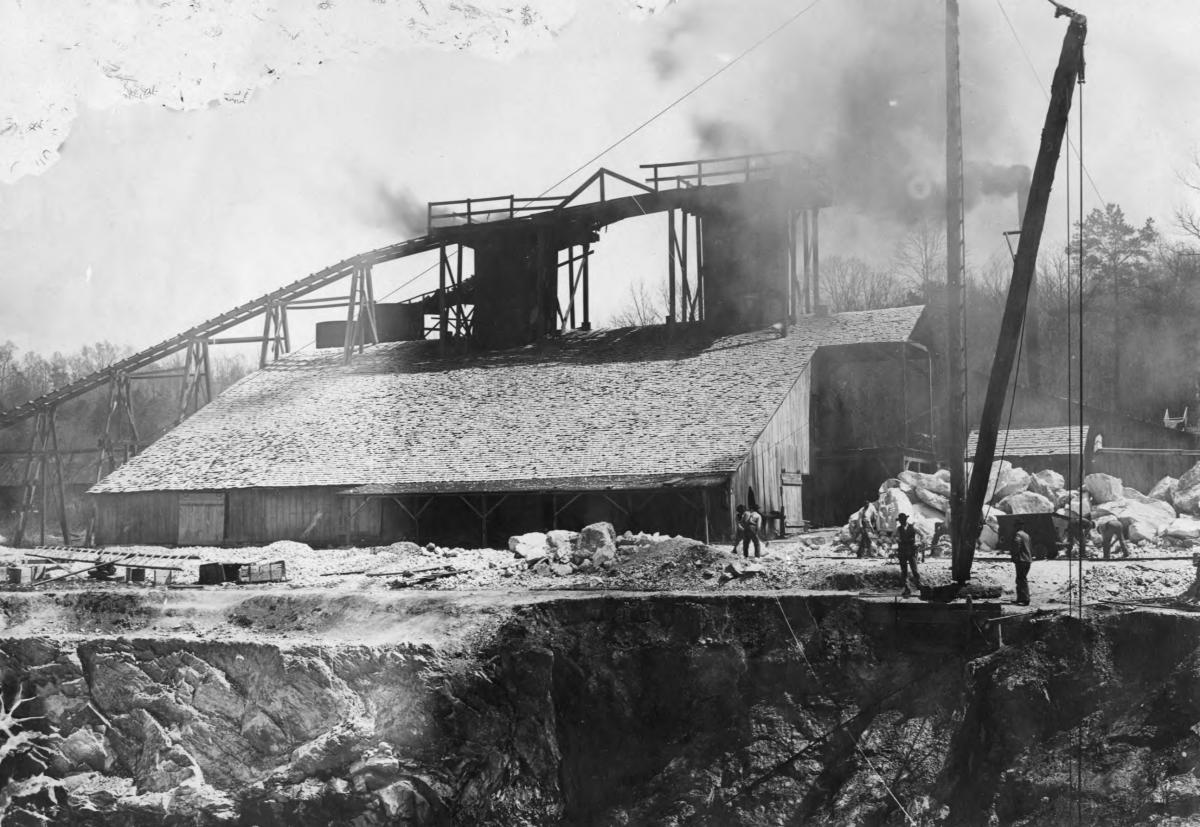
Cement, calcium oxide produced by heating carbonate rock or shell and used as a hardening and binding agent when mixed with water and sand, was manufactured from limestone, marl, and shell deposits for local use in antebellum North Carolina. On a commercial basis, the Blue Ridge Lime Company of Buncombe County was producing cement as early as 1903. The limestone deposits at Castle Hayne in New Hanover County supplied a series of cement plants in the late twentieth century and early twenty-first centuries. Work at these deposits also provided many interesting fossil specimens for collectors.